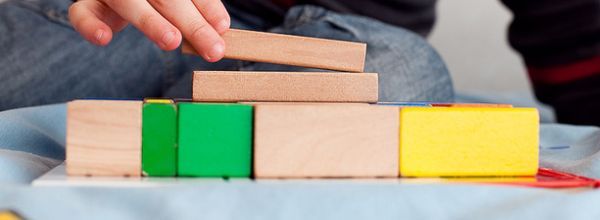According to the central dogma of molecular biology, DNA is transcribed into RNA, that is translated to proteins. Inconveniently, the vast majority of the genome contains sequences that do not actually code for proteins. So, this non-coding RNA (ncRNA) was dismissed as non-functional junk, letting researchers tick the box on their to-do lists and head off to the pub for some much needed recuperation.
Ahh, life was so simple back then. But of course we have come to realize that these non-coding sequences are a bit more important than non-functional junk. Far from being useless, ncRNAs regulate gene expression at every level for a range of genes. It therefore follows that ncRNAs also are pivotal players in a whole range of cellular processes. Some junk!
So, the central dogma looks a bit different when ncRNAs are taken into account, as this diagram from Wikipedia shows:

Show us your long ncRNAs
The largest subset of these ncRNAs includes long ncRNA, or lncRNAs, which are greater than 200 nucleotides in length. lncRNAs are present in almost every cell type and have been implicated in embryonic stem cell pluripotency, epigenetic gene silencing, cell cycle regulation and diseases such as cancer. Ooh, they sound important. But unfortunately, we don’t know very much about them. One major reason for this is that they can’t be detected and quantified using traditional approaches such as fluorescently labeled antibodies because *ahem* they do not encode a protein product for an antibody to be raised against.
FISH-ing for lcRNAs
One extremely cool way to fish out and visualize lncRNA is to use labeled nucleotide probes than can hybridize to the target sequence. One such approach, called the Stellaris FISH (Fluorescent In Situ Hybridization), uses 20-nt long single-stranded oligo probes labeled with a particular fluorophore. The method uses sequence complementarity and multiple different probes can hybridize to the complementary sequences in the same lncRNA so that the overall fluorescence signaled can then be detected by fluorescence microscopy.
It’s a pretty simple protocol:
- Cells are fixed onto a coverglass and made permeable with 70% ethanol
- The sample is then hybridized with the FISH probes for 4 hours at 37 °C
- Unbound probes are next washed away with the wash buffer
- The sample finally is imaged using a fluorescent microscope to localize and detect RNA in situ
Stellaris FISH probes allow researchers to localize RNAs in different cellular compartments and by attaching fluorophores of different colors to different probe sets also visualize multiple lncRNAs simultaneously. This approach is quantitative because signals from multiple probes are summarized, allowing you to count the number of individual lncRNA molecules on a cell-by-cell basis.
And THEN you can head off to the pub.
- Check out this BsB product article.
- Or take a look at this webinar from Biosearch Technologies







